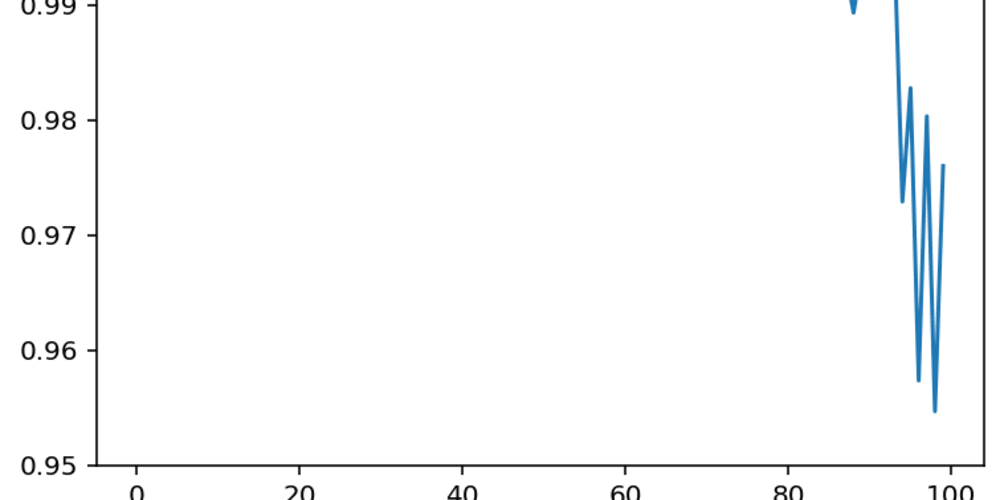Introduction
Python list comprehensions are among the most powerful tools available in Python for working with data. They provide a simple, expressive way to create a list from another list or sequence of values. List comprehensions are commonly used to iterate over a set of values, filter items from a set, or create a set of derived values.
Advantages
Python list comprehensions are easy to read and understand, making them a great way for beginners to learn data structures. They are also simple to write with minimal code, thus optimizing code for speed and memory.
Disadvantages
Python list comprehensions are not as fast as other types of iterations, so they can reduce the performance of larger datasets and functions. They also tend to be overcomplicated, making them difficult to debug and troubleshoot.
Features
Python list comprehensions are a fairly versatile and multi-purpose tool. They can work with any type of sequence, including lists, tuples, and dictionaries. Furthermore, they can map, filter, and reduce sequences into new sequences. This makes them especially useful for data analysis and machine learning projects.
Example 1: Creating a List of Squares
Let's say we want to create a list of squares for numbers from 1 to 10. Using list comprehension, we can achieve this in a single line of code:
squares = [x**2 for x in range(1, 11)]
print(squares)
This code iterates over a range of numbers from 1 to 10, calculates the square of each number, and collects the results in a new list.
Example 2: Filtering Even Numbers
Now, if we want to filter out only the even numbers from a list, list comprehension makes it straightforward:
numbers = range(1, 11)
even_numbers = [x for x in numbers if x % 2 == 0]
print(even_numbers)
This code iterates over a list of numbers and uses a conditional expression to select only the even numbers.
Conclusion
Python list comprehensions are powerful tools for working with data. They are easy to write and read, making them useful for beginners. Despite their performance limitations, they offer a great deal of versatility, making them suitable for data analysis and machine learning tasks.



















